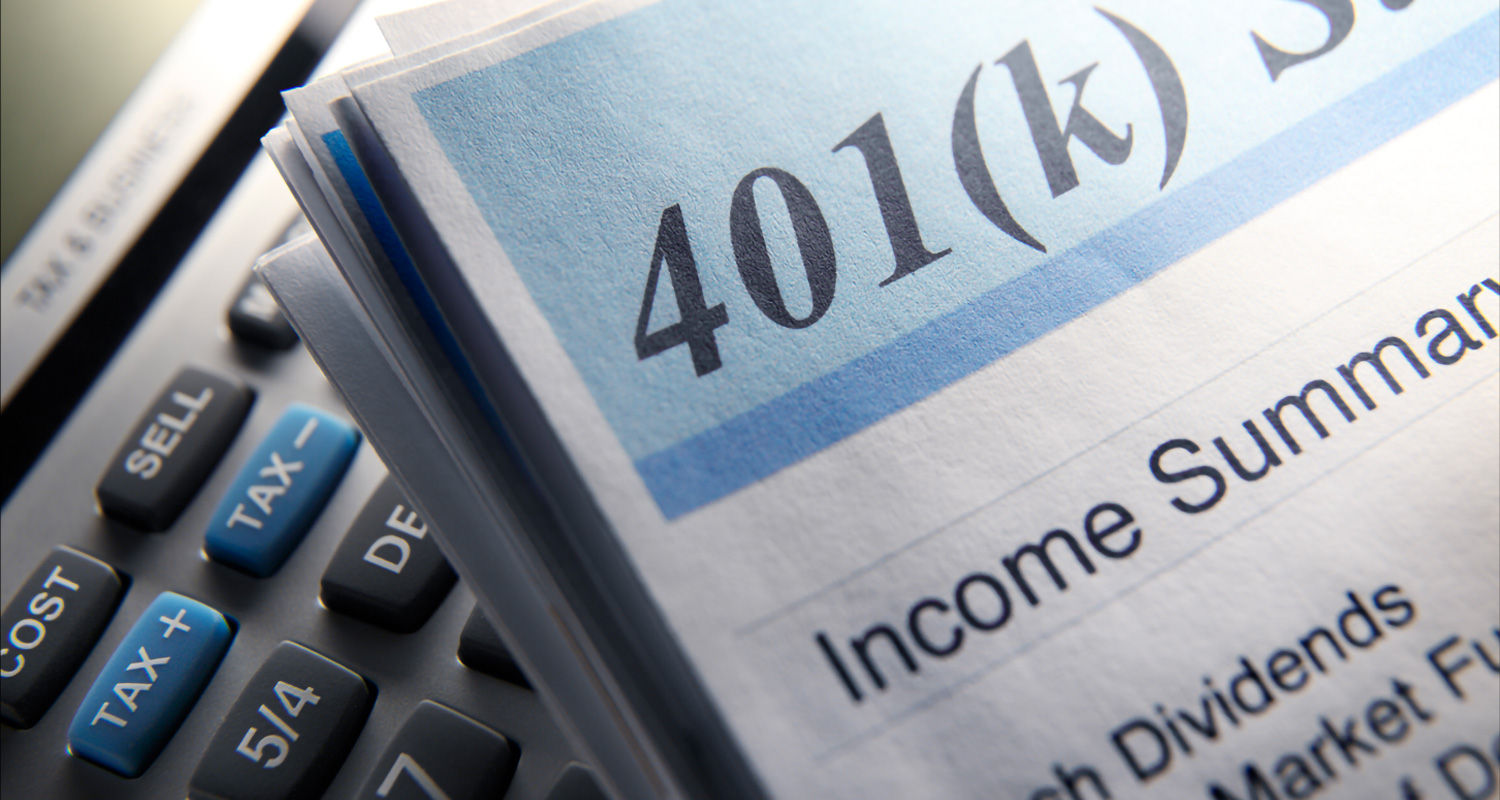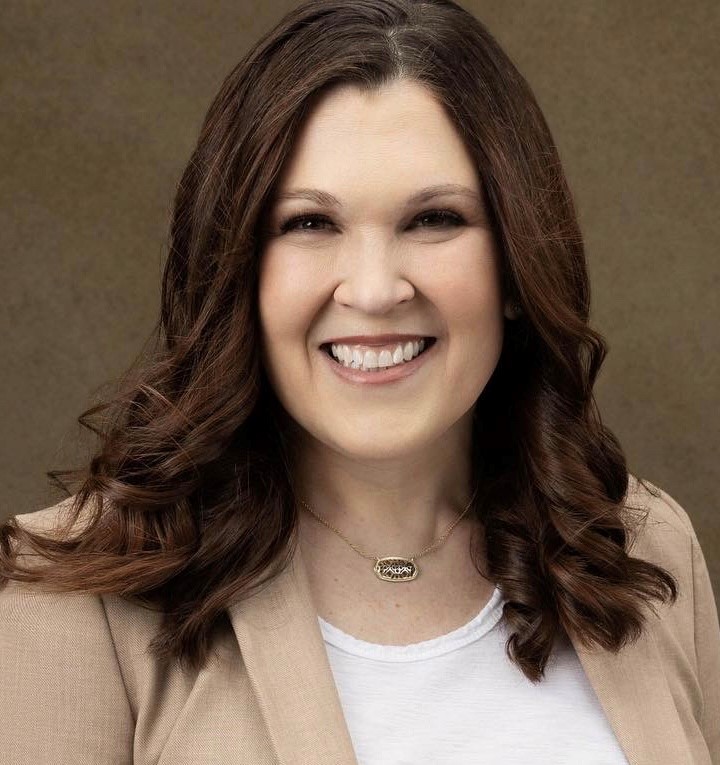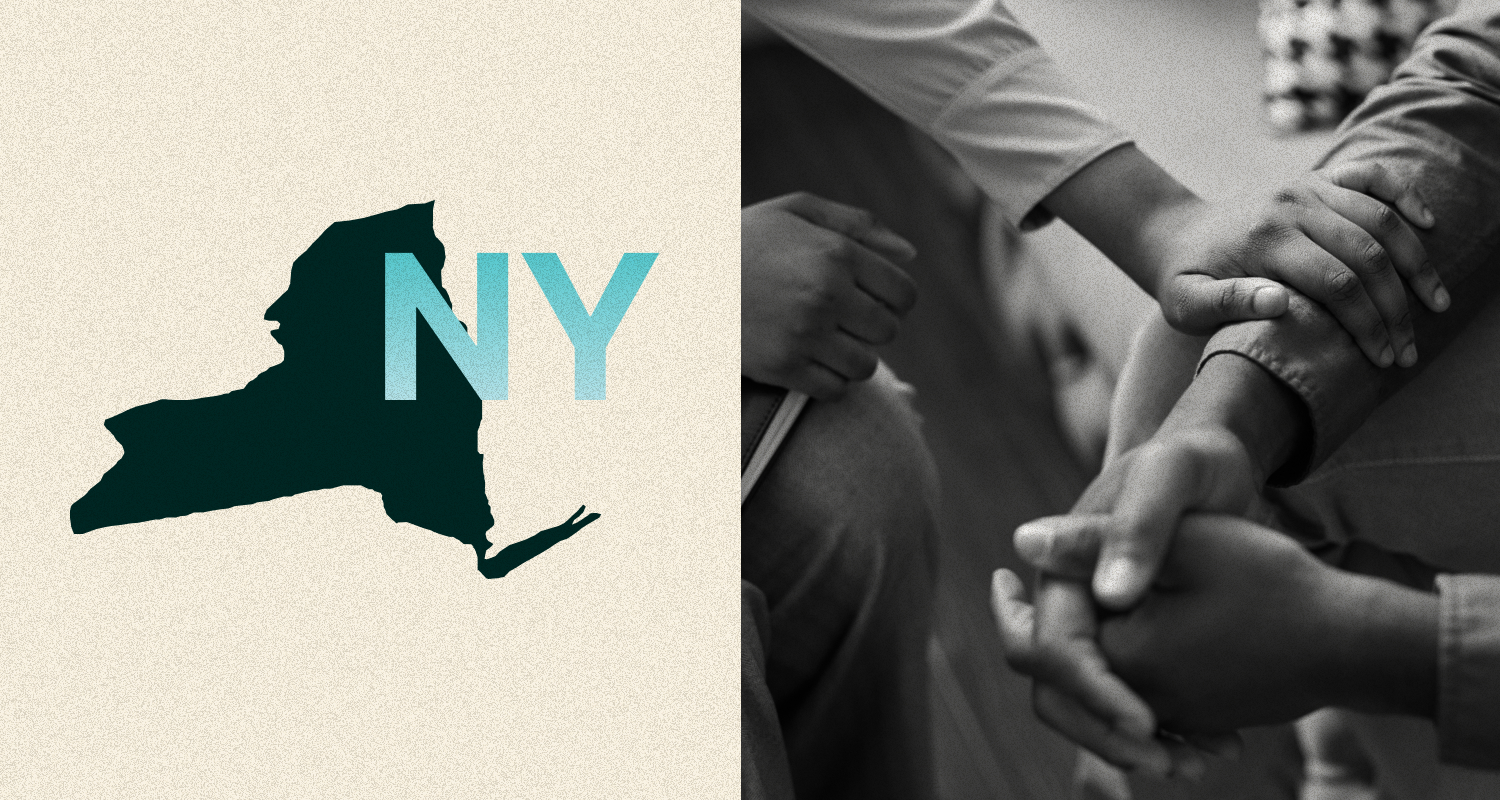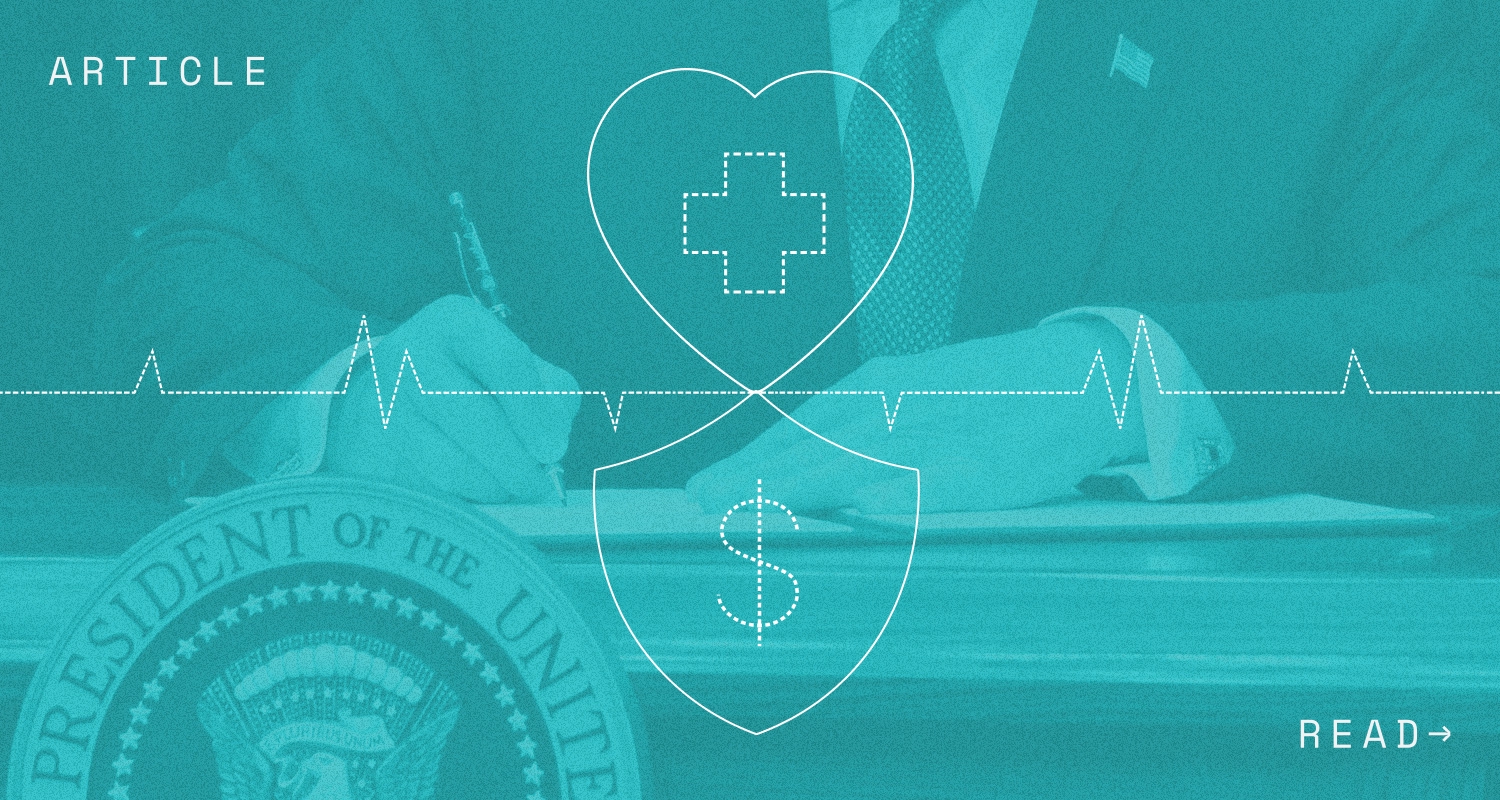SECURE Act 2.0 continues to dominate 401(k) plan conversations as employers wait on administrative guidance from both the Internal Revenue Service (IRS) and the Department of Labor (DOL). However, although employers do not have to adopt amendments to implement either mandatory or discretionary SECURE Act 2.0 provisions until the end of the first plan year that starts in 2025, a handful of provisions are effective before the amendment deadline.
In this blog, we address the top five SECURE Act 2.0 provisions about which employers are asking.
#1: Roth Matching and Nonelective Contributions
Before SECURE Act 2.0, employers had to make matching and nonelective contributions on a pre-tax basis.
Under SECURE Act 2.0, employers may permit 401(k) plan participants to elect that matching or non-elective contributions be made as Roth (after-tax) contributions, thereby resulting in taxable income to the participant.
A non-elective contribution is an employer contribution to a 401(k) plan where the employer contributes a percentage of each eligible employee’s compensation to the plan. A non-elective contribution is not an employer matching contribution.
This is effective for any contributions made after December 29, 2022 (the date SECURE Act 2.0 was enacted).
This is an optional plan design change that employers may implement by amending their 401(k) plans and, if implemented, any such matching and nonelective contributions must be fully vested (i.e., cannot be subject to potential forfeiture).
#2: Hardship Self-Certification
Many 401(k) plans permit employees to take in-service hardship withdrawals from their 401(k) accounts in the event of an immediate and heavy financial need. IRS regulations set forth certain safe harbor events that are deemed to constitute a hardship, and employees generally need to provide evidence of the hardship event to receive a withdrawal.
Before SECURE Act 2.0, the IRS permitted hardship withdrawal self-certification, but the 401(k) plan still had the responsibility to maintain sufficient documentation on the participant’s hardship need. Failure to maintain this documentation resulted in a compliance issue that potentially needed correction through the IRS’s Employee Plans Compliance Resolution System (EPCRS).
Under SECURE Act 2.0, for 401(k) plan years beginning after December 31, 2022, the law provides that employers can rely on an employee’s self-certification of both the fact that they have a hardship and that the amount of the distribution is not in excess of the employee’s financial need.
This is an optional plan design change that employers may implement by amending their 401(k) plans.
It is expected that this ability to rely on the employee’s self-certification―absent actual knowledge that the self-certification is untruthful―will significantly streamline 401(k) plan administration.
#3: Employers Can Treat Student Loan Payments as Elective Deferrals for Matching Purposes
Before SECURE Act 2.0, 401(k) matching contributions could not be made based on amounts of an employee’s student loan payments.
Under SECURE Act 2.0, employers may treat all student loan payments as elective deferrals, meaning that an employer can make matching contributions on these payment amounts, effective for 401(k) plan years beginning after December 31, 2023.
Here are some things to keep in mind:
- These 401(k) matching contributions are subject to the same vesting schedule as other matching contributions.
- Employers can rely on an employee’s certification to ensure that student loan payments are being made.
- Plans subject to Actual Deferral Percentage (ADP) testing may separately test employees who receive matching contributions based on student loan repayments.
- Finally, employees may designate any student loan matching contributions as Roth contributions.
This is an optional plan design change that employers may implement by amending their 401(k) plans.
#4: Catch-up Contributions Must Be Roth Contributions
Before SECURE Act 2.0, catch-up contributions could be made on a pre-tax or Roth basis (if permitted by the plan).
Under SECURE Act 2.0, all age 50+ catch-up contributions made by employees making more than $145,000 in the previous plan year must be made to Roth accounts, effective for taxable years beginning after December 31, 2023.
This provision is mandatory for all 401(k) plans that permit catch-up contributions. A plan amendment is required to implement this change.
#5: Part-time Employee Eligibility
Before Secure Act 2.0, a 401(k) plan must permit an employee to contribute to the plan if the employee:
- has worked at least 500 hours annually for at least three consecutive years, and
- is at least 21 years of age by the end of the 3-year period.
This requirement became effective under the 2019 SECURE Act, effective for plan years beginning on or after January 1, 2021.
Under SECURE Act 2.0. the law reduces this 3-year period to two years before part-time employees may contribute to the 401(k) plan. Additionally, employees eligible for this provision must earn vesting credit for plan years with 500 hours of service.
This requirement is effective for plan years beginning after December 31, 2024.
This provision is mandatory, but it may not impact all 401(k) plans (for example, if the plan already covers part-time employees). For applicable 401(k) plans, a plan amendment is required to implement this change.
Employer Actions
If employers would like to amend their 401(k) plan for any of the above discretionary provisions under SECURE Act 2.0, the employer should work with a qualified vendor or tax advisor to adopt the necessary plan documentation as well as to aid in administration of these benefits.
Additionally, for any mandatory provisions under SECURE Act 2.0, the employer should check with their current recordkeeper regarding the implementation of such changes.
Additional Resources
- Consolidated Appropriations Act of 20231
- Sequoia Forwards
- H.R. 2617, 117th Congress (2021-2022). Consolidated Appropriations Act, 2023. (2022, December 23). https://www.appropriations.senate.gov/imo/media/doc/JRQ121922.PDF
- Kiesewetter, Jenny. Sequoia. SECURE Act 2.0 of 2022: A Round-Up of New Retirement Plan Provisions. January 10, 2023. https://www.sequoia.com/2023/01/secure-act-2-0-of-2022-a-round-up-of-new-retirement-plan-provisions/
- Kiesewetter, Jenny. Sequoia. Student Loan Legislation: What Employers Need to Know. January 18, 2023. https://www.sequoia.com/2023/01/student-loan-legislation-what-employers-need-to-know/
Disclaimer: This content is intended for informational purposes only and should not be construed as legal, medical or tax advice. It provides general information and is not intended to encompass all compliance and legal obligations that may be applicable. This information and any questions as to your specific circumstances should be reviewed with your respective legal counsel and/or tax advisor as we do not provide legal or tax advice. Please note that this information may be subject to change based on legislative changes. © 2023 Sequoia Benefits & Insurance Services, LLC. All Rights Reserved
Pensionmark Financial Group, LLC (“Pensionmark”) is an investment adviser registered under the Investment Advisers Act of 1940. Pensionmark is affiliated through common ownership with Pensionmark Securities, LLC (member SIPC).




